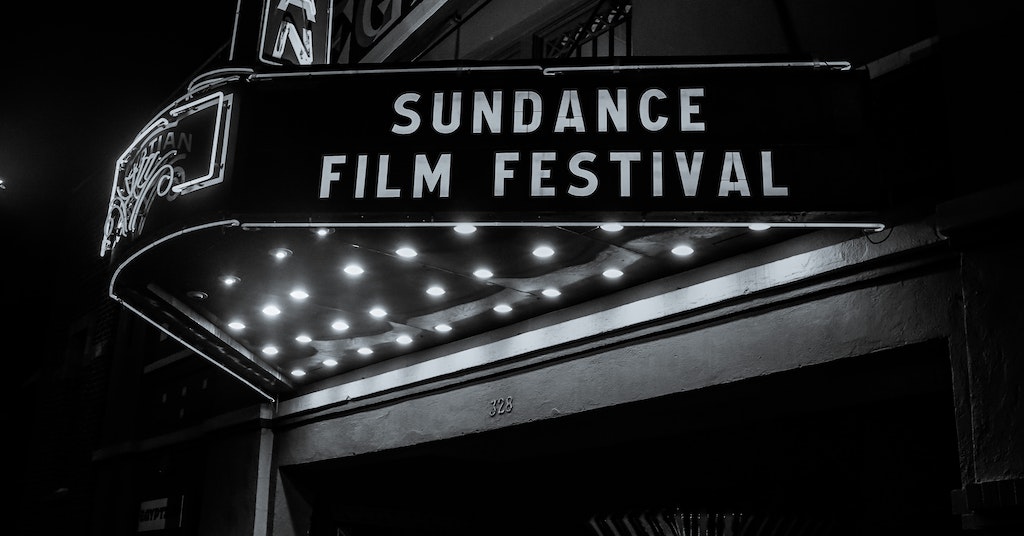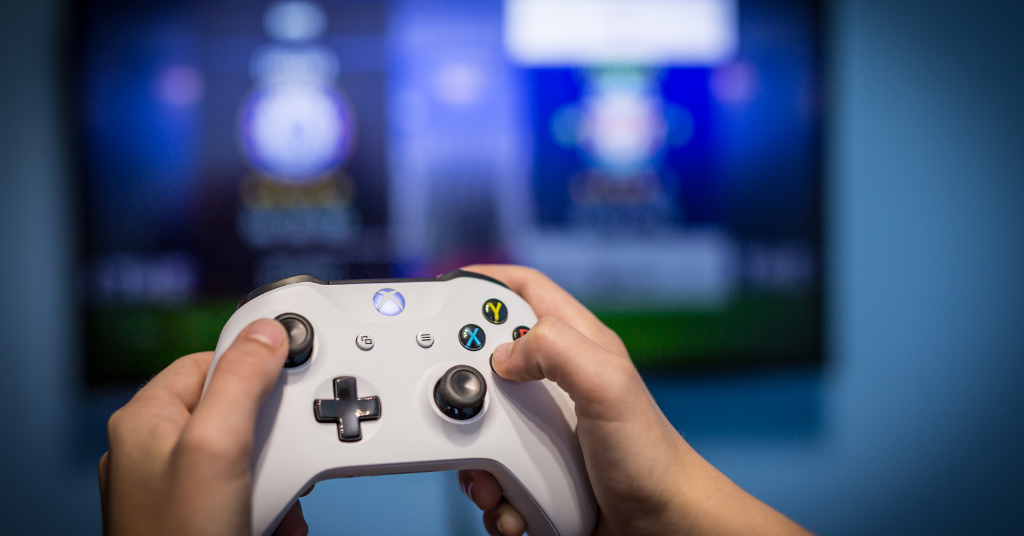
Born to lead- Leadership in Children with Hearing Loss
July 2, 2019
Marlee Matlin to star in Disney’s ‘Life and Deaf’
July 4, 2019Improving Accessibility Through Cymatics

CymaSpace is a non-profit performance venue and technology incubator based in Portland, Oregon that uses cymatics to improve accessibility for the deaf and hard of hearing community.
Cymatics
Down a gravel road, at the end of a red industrial warehouse in Southeast Portland, is an unassuming creative hub. It’s making a lot of noise in the local deaf and hard of hearing (DHH) community. This non-profit is improving accessibility through cymatics.
CymaSpace is an arts and technology incubator based in Portland, OR. Its founder, an interactive designer, executive director, and musician Myles de Bastion, is profoundly deaf. CymaSpace is a collective of DHH innovators that make performing arts more accessible and inclusive to the local community. This is done with the support and development of projects and education programs featuring cymatics.
Cymatics is the study of sound and vibration made visible. It merges sound, geometry, light, and mathematics. The result is a presentation of stunning images created by different frequencies. It was this kind of technology that drove de Bastion to start his non-profit.
“CymaSpace started in my basement studio in Northeast Portland,” de Bastion says. “I was working as a UI designer. I would spend my off-hours building out a personal music space.”
New Ideas of Expression
CymaSpace was where de Bastion combined his interests in sound, visual arts, and technology. This passion was there from an early age. de Bastion was raised in England. He has worn hearing aids since he was a boy.
“I was born with moderate to profound hearing loss, and grew up oral as I was the only person in my family to be deaf,” de Bastion says. “I attended mainstream hearing schools and was fortunate to have the help of note takers who would sit next to me and write down class notes.”
de Bastion studied computer science and visual arts at the University of Teesside in the UK. He then made his way to New York to be a part of the bustling music scene. He joined a band, but after a while, the communication barriers proved too much.
“I had to quit my band in NYC because of frustrations with progressive hearing loss,” de Bastion says. “None of my bandmates could communicate with sign language. I felt isolated and left out of conversations, and also struggled to follow the rhythm of the hi-hats and could be playing out of key and not realize it. I wished for a better way to make music again.”
It was that desire, vision, and love of music and technology which drove him to tinker with new ideas of expression. “I drew up a design for a box seat that I could sit on and plug in my guitar,” de Bastion says. “It would vibrate and have lights on it [so] that I could see sound. I enlisted the help of some of my DIY electronic maker friends from NYC. We built the first prototype which I called the Dusic (Deaf + Music) Cube.”
Building a Community
Soon, de Bastion dove into electronics and programming knowledge by studying online tutorials. He created lighting installations that were all sound-reactive. After relocating to Portland in 2011, he got his first space and started to build his community. “I really wanted to share these neat things with other deaf people,” de Bastion says. “I didn’t know the community well, but I was determined to invite people to my musical space.”
When CymaSpace officially launched in 2013, the initial performances were focused on smaller musical events with local hearing bands. The problem was they didn’t attract many from the deaf community. de Bastion enjoyed putting on these events, but experienced communication challenges. As a result, he didn’t socialize with the hearing attendees as much. And while he wanted to provide interpreters at events, that proved to be overly expensive for the event planners. “That’s when I started applying for grants to facilitate a broader accessibility, to eliminate communication barriers between the world of the hearing and non-hearing,” says de Bastion.
Read more: Pixar shows inclusivity with cochlear implant in ‘Toy Story 4”
A Creative Hub
Today, the CymaSpace studio is bustling with activity. It’s a nice sized space, around 800 square feet. The studio is filled with an array of electronics, musical instruments, LED/LCD lighting displays, and several workers. A long makeshift desk made of plywood runs along the far wall. On it are rows of laptops, computer monitors, and programmers busy working on a current project. At de Bastion’s station, there are no less than five monitors in his vicinity. In a basket next to his desk are instructions for an LED/LCD plasma wall.
On the other side of the room, there are more workers and computers. On the wall is a giant whiteboard that shows the many supplies needed for projects. This includes audio equipment, prototypes, power tools, and event supplies. At one end of the space, covering half the room is a large green screen with intricate LED lights and geometric shapes that light up during performances. This is a room of super smart hard of hearing and deaf technology gurus making incredibly cool and innovative sensory-based inventions for the DHH community. “We believe that when artists involve more of the senses, their work is not only more accessible and inclusive but also more engaging and exciting,” de Bastion says.
“We believe that when artists involve more of the senses, their work is not only more accessible and inclusive, but also more engaging and exciting.”
CymaSpace is partially supported by the technology company de Bastion founded, Audiolux Devices. The business specializes in lighting services and products, including hardware/software solutions, custom installations for events, entertainment, and a host of other applications. Projects include works for the Oregon Museum of Science & Industry, the Portland Art Museum, and the Jimmy Kimmel Live! show. de Bastion also built large-scale installations for music festivals and Grammy-award winning jazz artist Esperanza Spalding.
Experiencing Sound in a New Way
CymaSpace projects allow audiences to experience sound in a new way, a merging of the senses into a visual smorgasbord of colors and experiences. Examples include vests that vibrate to the rhythm of the music and high-tech lighting displays that pulsate in colors with every note. CymaSpace clearly creates sensory experiences everyone can enjoy.
In addition to regular performances, CymaSpace provides access for the DHH community in Portland. It partners and works with many other Oregon-based arts and cultural organizations. Because of this, de Bastion and his team are making strides in better representing people with disabilities.
“We’re trying to work on non-profit opportunities with the hard of hearing and deaf communities to show what sound is about,” CymaSpace worker Nate Hergert says. “That’s the whole purpose of CymaSpace, to show the music to the community, and inspire them to feel whole again.”
Generating Momentum
CymaSpace is run entirely by a community of volunteers like Hergert. They comprise an impressive mix of performers, designers, engineers, artists, and other creative types. In 2014, CymaSpace won the “Best place to hear (and see and feel) music” in the “Best Listens” category of the Willamette Weekly Best of Portland issue. In 2018, de Bastion and his team planned and produced the NW Deaf Arts Festival. The festival drew a large audience. It featured deaf and hard of hearing artists from around the world.
Next up: Plans are being made to do a “jam session” with the Oregon Symphony Orchestra. de Bastion admits that many times organizations just want the light show and music for their event. But CymaSpace is about providing interpreters and captioning services as well. “I believe my art is raising awareness to the access barriers that many DHH experience,” de Bastion says. “When I am invited to collaborate on community projects, I always have to begin with access for the DHH. Fortunately many are willing to learn and improve their policies in providing accommodations.”
Clearly, there’s a lot of momentum being generated in Portland’s DHH community as well as in the surrounding region. A lot of that has to do with the hard work and creativity of de Bastion and the CymaSpace team. Their work is just getting started. “I would love to see CymaSpace take on a bigger facility and provide a creative space and resources for other deaf businesses and individuals,” de Bastion says. “I hope that with a collective of like-minded people, CymaSpace will start a greater movement to disability inclusion in arts and culture.”
What else can be done to make arts and culture more accessible?





